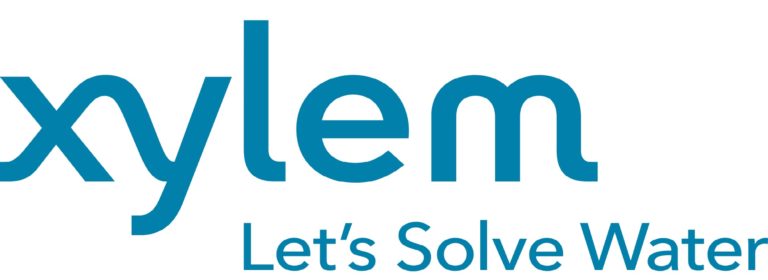These utility experts share perspectives on how “going digital” is helping them to solve big water challenges in their communities. Their shared expertise provides a blueprint to accelerate the modernization of 400,000 water, wastewater, and stormwater systems worldwide.
Utilities that participated in the paper implemented digital technology to save billions of gallons of water, prevent millions of gallons of sewer overflow pollution, and save millions of dollars in energy costs.
For example, in Cincinnati, Ohio, the Metropolitan Sewer District of Greater Cincinnati used data and digital solutions to give its existing infrastructure new capabilities.
“We grabbed our combined sewer overflow monitoring data, flow monitors, and real-time control facilities, and tied them together in a SCADA system. The insights were mind-blowing,” Reese Johnson, Compliance Services Division Superintendent at MSD, said.
In Queensland, Australia, Unitywater used leak detection technology to reduce lost water and revenue, and used smart meters to help reduce leaks for customers.
“We learned a lot from our initial 1000-meter pilot project before launching the smart meter network as a second step. Smart water meters have been a sustainable decision, both environmentally and financially,” Daniel Lambert, Unitywater Executive Manager of Sustainable Infrastructure Solutions, said.
Chinese utility Beijing Drainage Group is leveraging digital technologies to optimize energy usage and cut carbon emissions. By implementing a suite of control systems for aeration, chemical dosing, and drainage, BDG has already cut annual energy use by 10 to 15%.
“Utilities are transforming the water sector and delivering big benefits for local communities — saving money, preventing leaks and overflows, and cutting emissions,” Matthew Pine, Chief Operating Officer at Xylem, said. “Learning from the experiences of these pacesetters, utilities of all sizes, and at any stage of digital maturity, can accelerate their transition to more affordable and more sustainable infrastructure.”
Source: Xylem Inc.



